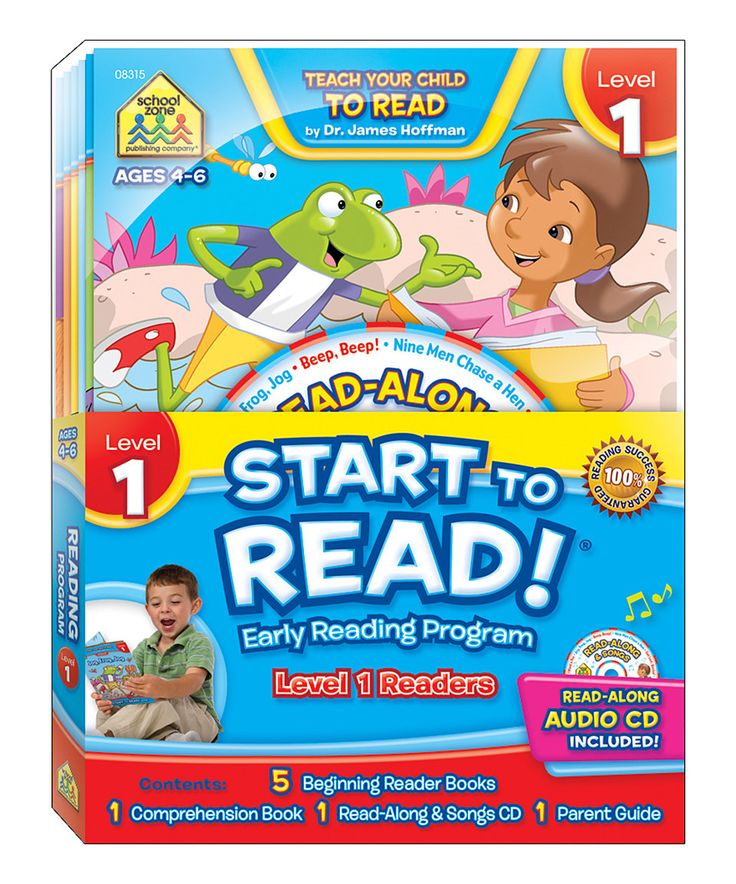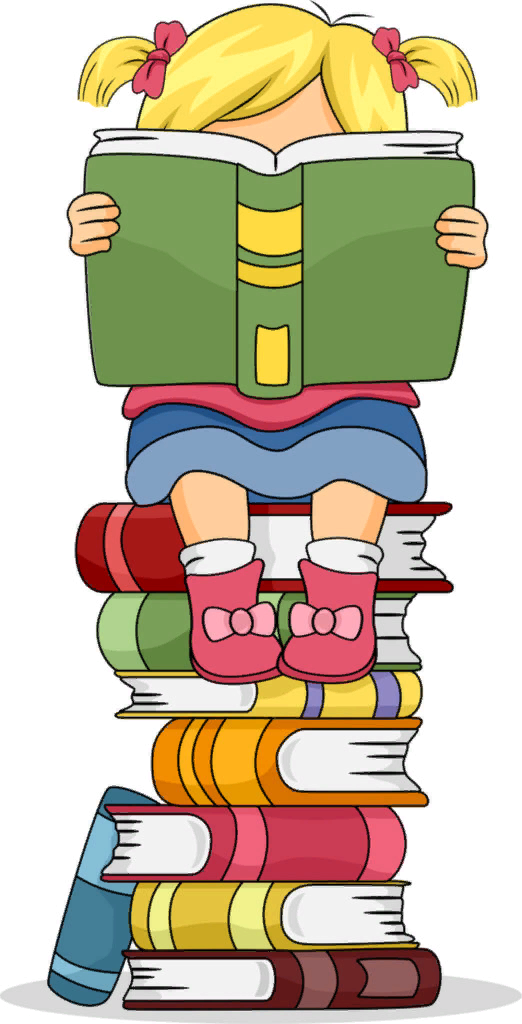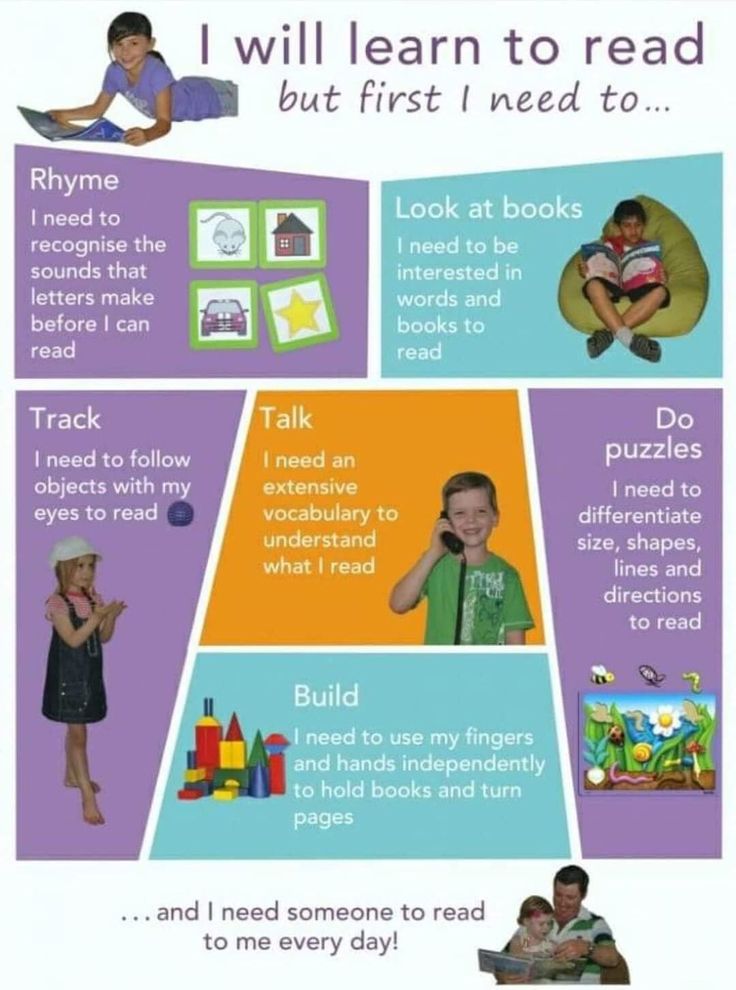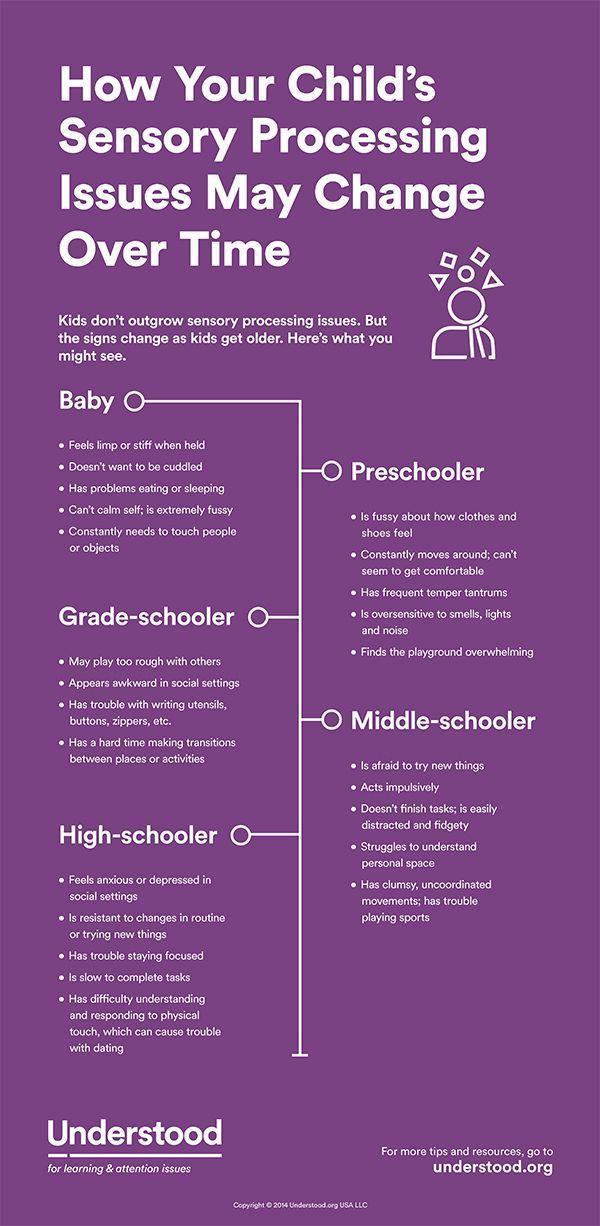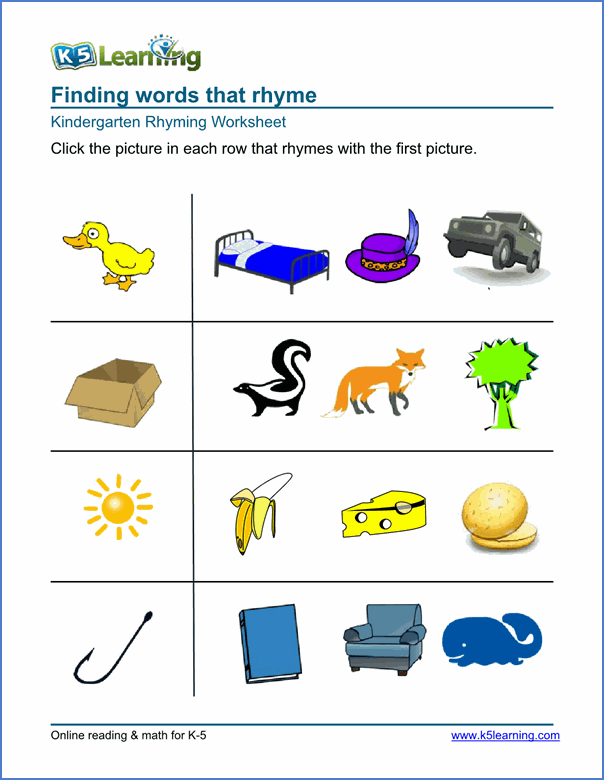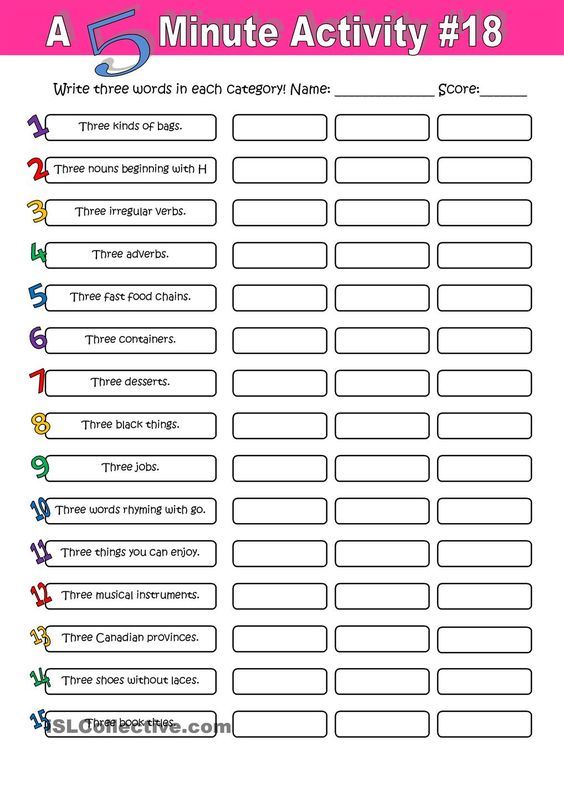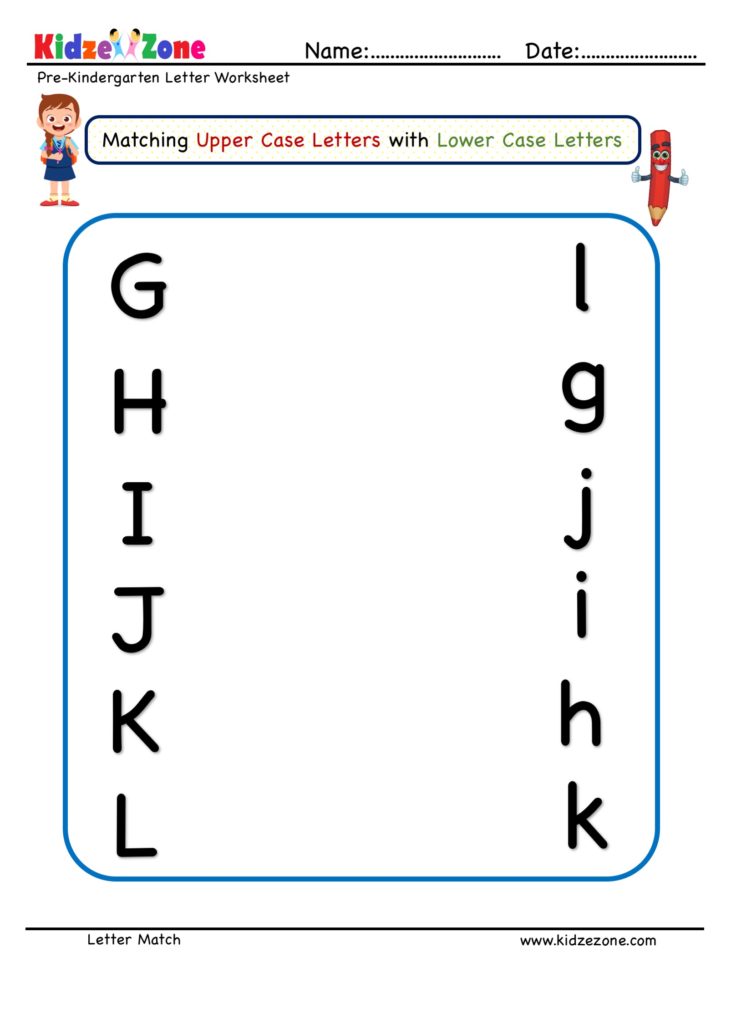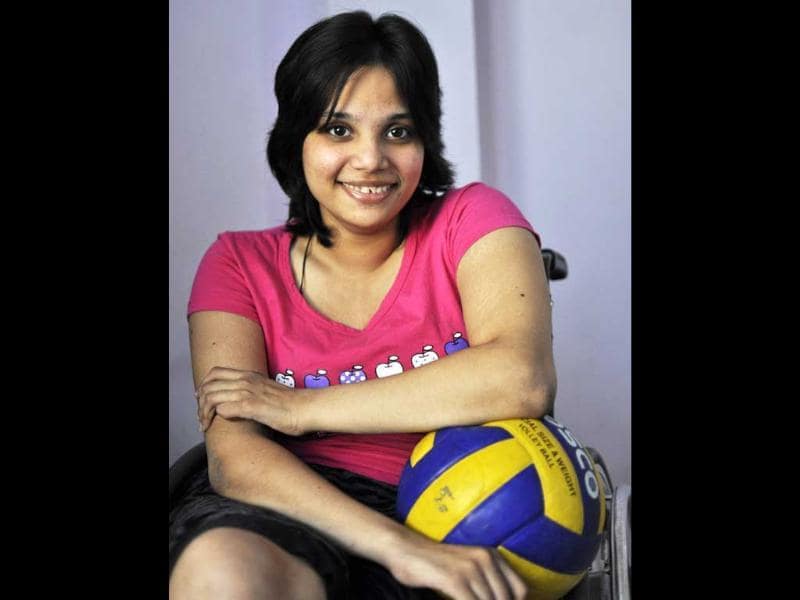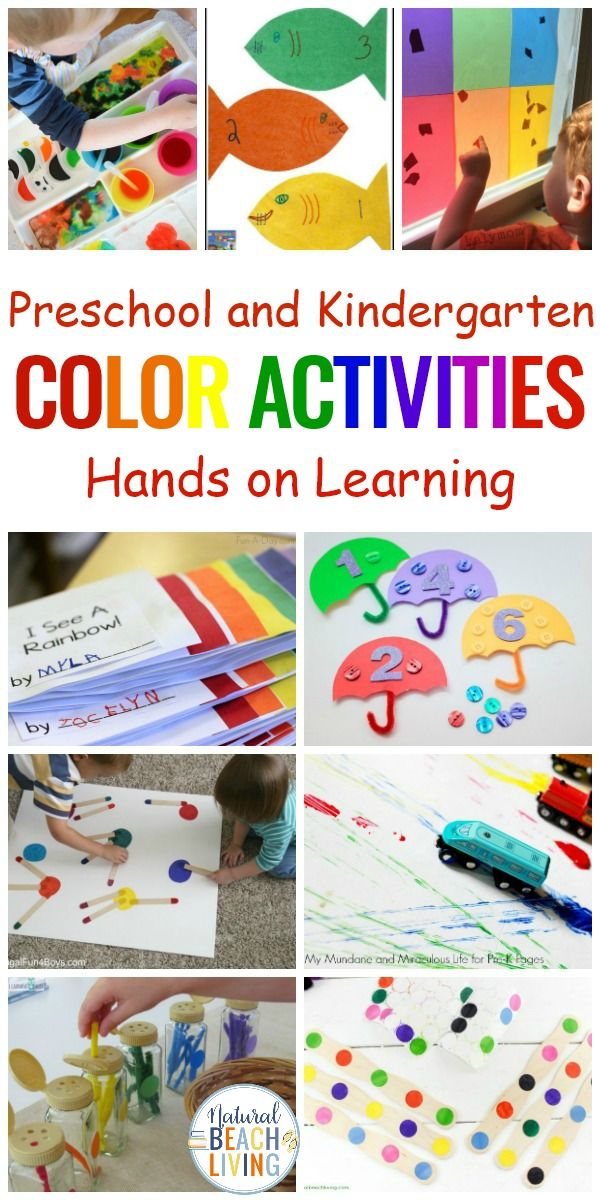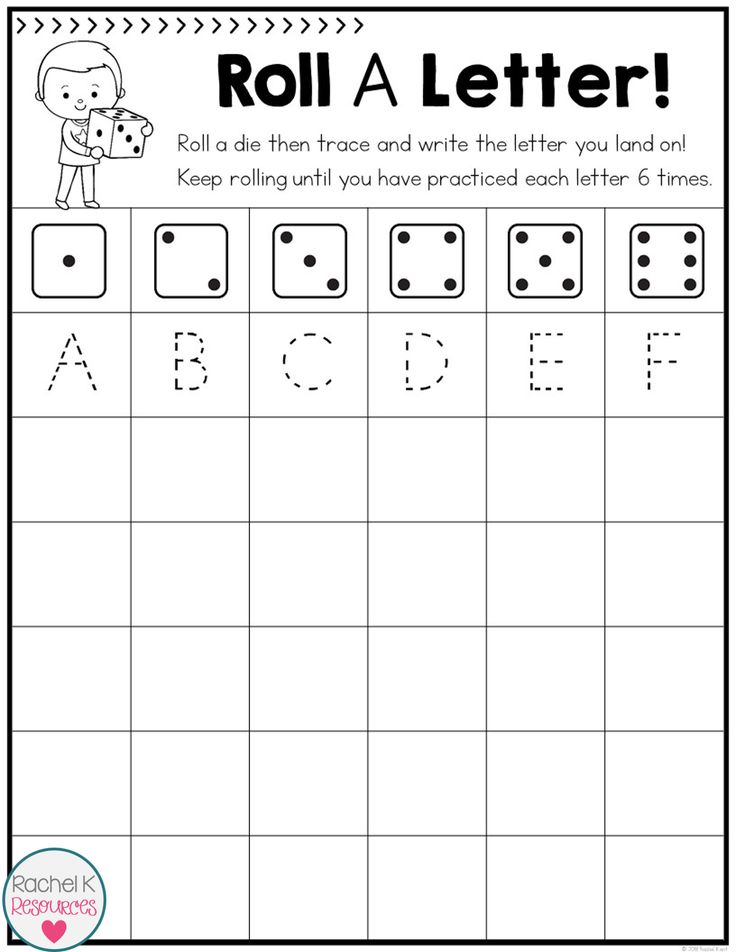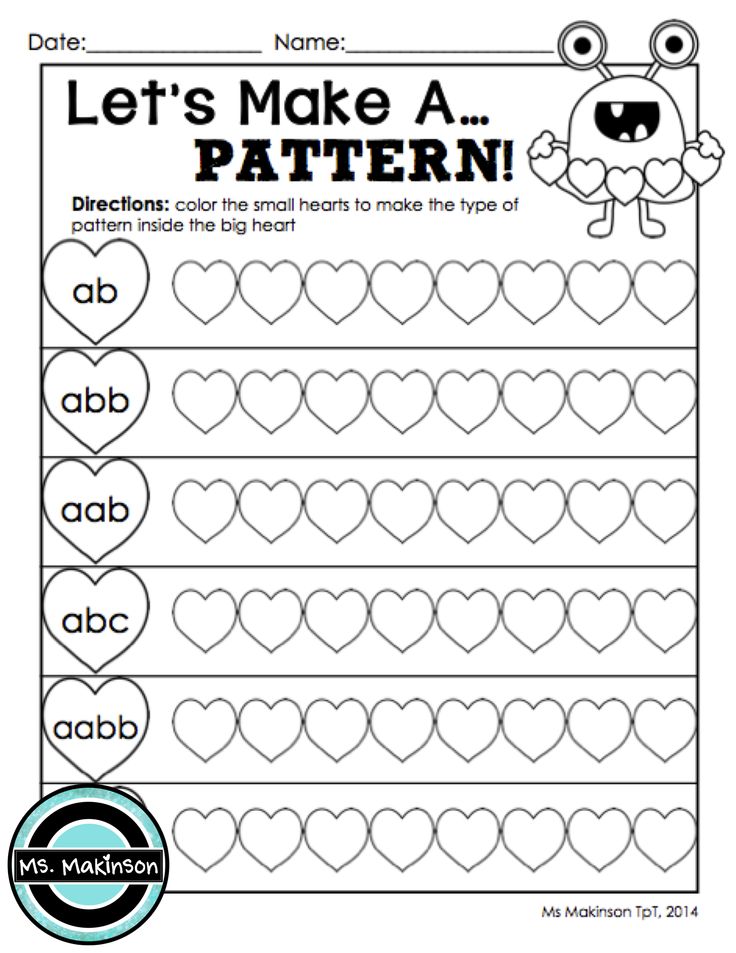School book levels
How to Determine the Reading Level of a Book
This content contains affiliate links. When you buy through these links, we may earn an affiliate commission.
Fountas and Pinnell, Lexile Level, Primer, Pre-primer, Beginning Reader are all terms you may have heard if you have a young reader in your house. Seriously, what does it all mean? Is there actually a way how to determine the reading level of a book? If your child can read The Cat in Hat, which is a level J in Guided Reading, can she independently tackle Diary of a Worm, which has a Lexile Level of 510L or is she ready for Keena Ford and the Second Grade Mix-Up, even though that one has a DRA of 30?
Through this post, I am going to attempt to elucidate and explain reading levels. So scroll through to find the system that your child’s teacher uses or pour yourself a large cup of coffee and sift through all of the various ways educators, librarians, and book publishers level and categorize books for young readers.
Reading Levels Are Like Starbucks Sizes
I admit, I don’t visit Starbucks unless I have a gift card. I am also that person who goes to Starbucks and still tries to order a large iced tea. The barista calmly asks if I would like a venti or a trenta and then explains that I need to choose between Passion Tango, Matcha Green, or Guava White Tea. Then comes the question of sweetened, unsweetened, or added lemonade.
For the young reader, finding a book that can be read independently can be as tricky as remembering all of the variables in a Starbucks order. Little readers who are not familiar with reading levels or taught to find a “good fit book” often go for books that are too easy and boring, too difficult and frustrating, or, like my kindergarten son, books that have too many unreadable Star Wars planet names like Kashyyyk. If a child knows her reading level, she can find books that contain sight words she knows, plot lines that are not too advanced, and vocabulary that is manageable.
Explain the Levels, Please
There are many different ways that books are leveled. Here are the three most popular methods for how to determine the reading level of a book.
Developmental
Children become readers by moving through different developmental reading stages. These stages range from the emergent pre-reader to the expert fluent reader. Typically, the emergent pre-reader is between six months and six years of age, while the expert fluent reader is 16 years and older. The developmental categories are broader categories than many of the other leveling systems.
Letter Levels
When I taught first and second grade, I found letter levels to be the most kid friendly way to organize a classroom library. If your child’s school levels books using Fountas and Pinnell, Reading A-Z, Scholastic Books, or Guided Reading Levels, then books will be leveled using a letter system. While it would be nice, these leveling systems do not always correlate. A book that is a Reading A-Z Level P, is not always a Level P using the Guided Reading Levels.
Number Levels
Books can be leveled through such systems as Lexile Numbers, The Direct Reading Assessment (DRA), and Reading Recovery. These systems measure texts by complexity and a reader’s skill level and then assign a number.
I Have My Child’s Reading Level, Now What?
Throughout the school year, your child’s teacher will probably perform reading inventories or assessments with your child. These will determine your child’s reading level.
If you homeschool or your child’s school does not use leveled reading, then use a simple test called the “five finger test” to roughly determine your child’s reading level. Have your child choose a book and open to the second page. Ask your little one to read the text out loud. If your child struggles with independently reading five or more words on that page, the book is too difficult and is not a good fit. You should also ask some comprehension questions to make sure that your young reader understands what she is reading.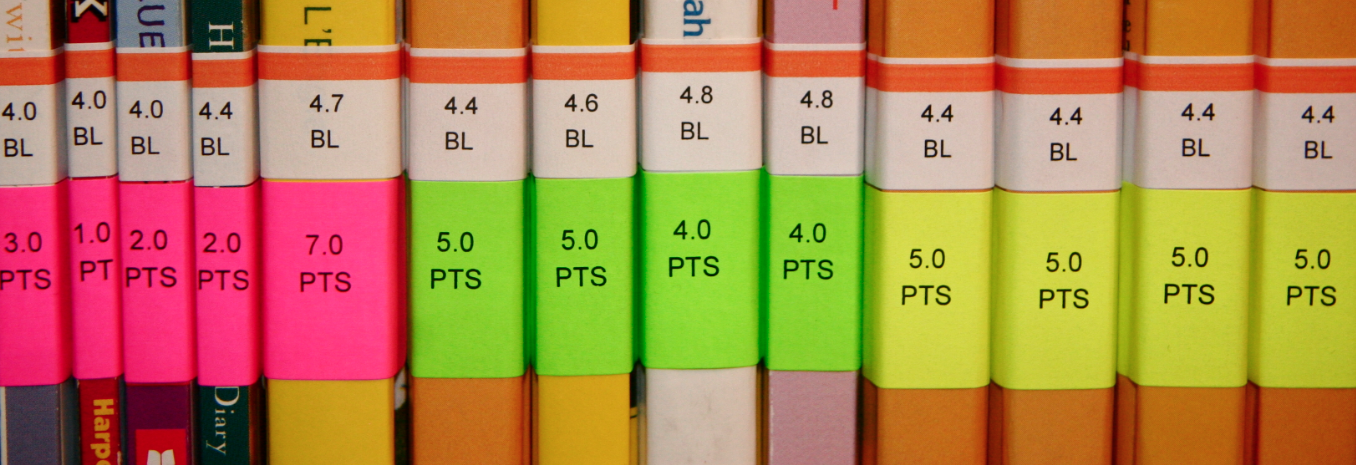 When a book passes the five finger test, use one of the links below to determine that book’s reading level.
When a book passes the five finger test, use one of the links below to determine that book’s reading level.
Once you have the reading level, take a look at these five helpful websites, apps, and charts that will help you and your child find or level the perfect book:
- Book Wizard : Type in the title of a book to retrieve the Guided Reading Level and grade level.
- Lexile Find-a-Book :Visit this site to find the Lexile Number for a specific book or to generate a list of books with a particular Lexile Number.
- Reading A-Z Level Correlation Chart : This is the best conversion chart out there for reading levels.
- Reading Levels Explained : Check out this very clean and user friendly site if you are still feeling overwhelmed by all of the reading level systems.
- Literacy Leveler app : Download this app and then use it to scan a book’s ISBN to see its Lexile, DRA, and GRL.
Levels Should be Helpful, Not Stressful
Reading levels should not feel restrictive. They should be used as helpful tools and not as a draconian system that kills the love of reading. Encourage your child to read books on her level, but don’t be upset if she chooses to reread an old favorite or picks up a nonfiction book that has some advanced vocabulary. Imagine how horrible it would be if adults had to always adhere to a reading level. I am well aware of the fact that some of my beach reads are probably a fourth grade reading level, with a Guided Reading Level of Q, 820L, and DRA of 40. I may not always be challenged as a reader, but it is still fun to sip my trenta Passion Tango unsweetened iced tea and enjoy a book simply for the fun of reading.
They should be used as helpful tools and not as a draconian system that kills the love of reading. Encourage your child to read books on her level, but don’t be upset if she chooses to reread an old favorite or picks up a nonfiction book that has some advanced vocabulary. Imagine how horrible it would be if adults had to always adhere to a reading level. I am well aware of the fact that some of my beach reads are probably a fourth grade reading level, with a Guided Reading Level of Q, 820L, and DRA of 40. I may not always be challenged as a reader, but it is still fun to sip my trenta Passion Tango unsweetened iced tea and enjoy a book simply for the fun of reading.
Need some books to practice leveling? Help yourself to 50 Must-Read Books for Beginning Readers, 20 Must-Read Books for First Graders and Second Graders, The Best Chapter Books for Kids: Engaging with Words, and 70 Must-Read Books for 3rd Graders.
How To Determine Your Child’s Reading Level And Choose The Best Books
When you sit down to read a book, you want to enjoy the story in front of you. The same is true for your child. That’s why uncovering your child’s reading level is an important step in fostering their love of words from a young age!
The same is true for your child. That’s why uncovering your child’s reading level is an important step in fostering their love of words from a young age!
Consider the different factors that allow kids to enjoy the books they read. For example, does it tie into their interests, and is it slated as an appropriate option for their level? By answering these questions, you can make sure they’re reading books that are just right for them!
If your child is in school, you’re probably no stranger to jargon like “reading level.” But what exactly does Lexile Framework, Guided Reading Levels (GRL), or Developmental Reading Assessment (DRA) actually mean?
Additionally, if your child is just starting to read on their own (or already reading independently) and is learning from home, how can you figure out what reading level is right for them? If any of these thoughts have crossed your mind, you’ve come to the right place.
We’re here to answer your questions so you and your child can sit down and enjoy a good book together!
What Is A Reading Level?
A reading level is simply a measure of your child’s ability to read text.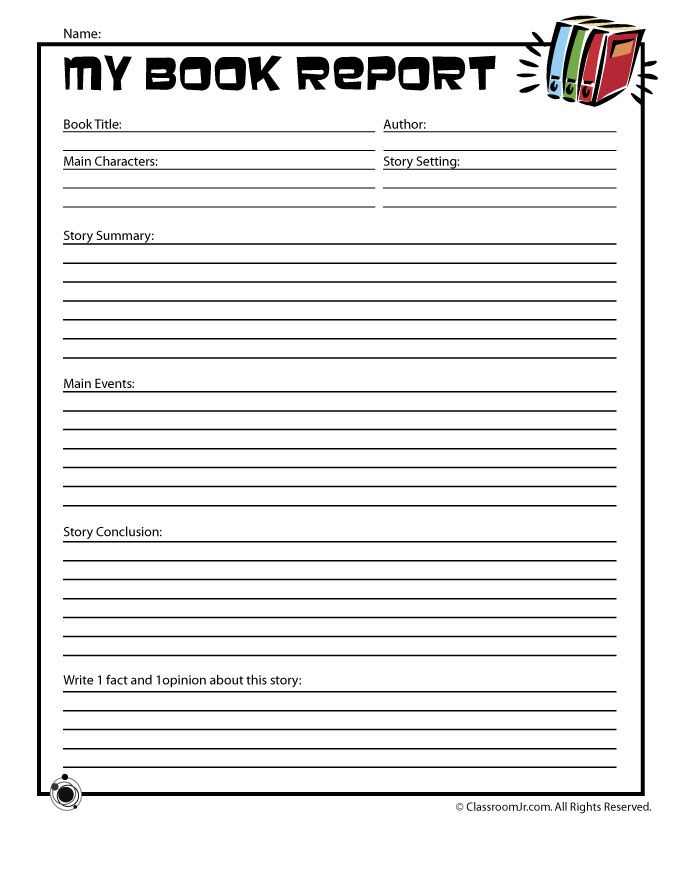 It reflects how well your little one can read independently. Importantly, reading levels help you choose books that are a good match for your child while still presenting a challenge.
It reflects how well your little one can read independently. Importantly, reading levels help you choose books that are a good match for your child while still presenting a challenge.
Keep in mind these levels are meant to be helpful, not stressful. They don’t limit your child, but, rather, help them blossom into a fluent, excited reader.
When your child reads books that are appropriate for their current reading level, it boosts their confidence so they can truly enjoy reading! Also, knowing what level your child is at allows you to work with them to improve their skills.
That being said, it’s important to remember that children are unique and develop differently. Comparing your child to their peers isn’t necessarily the best approach when trying to assess their reading ability.
Why Is Determining Reading Level Important?
It’s helpful to determine your child’s reading level so you can find books that are appropriate for them to read on their own: not too difficult but challenging enough to encourage growth.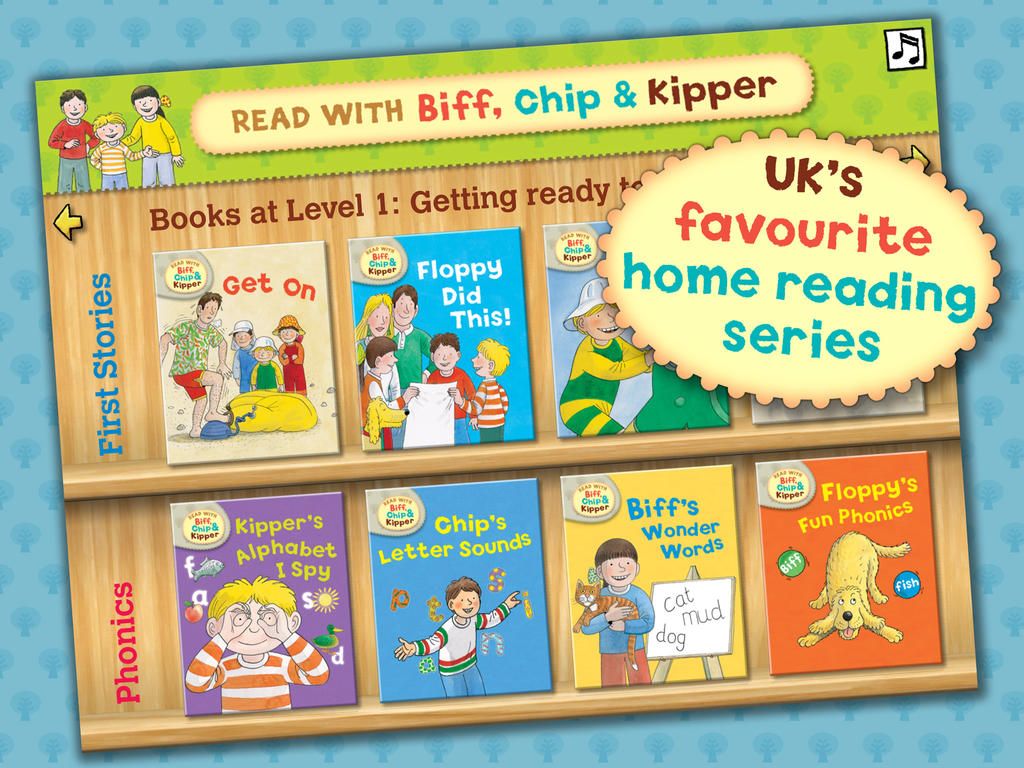
Reading level classification is a convenient tool you can use when searching online or at the library. And when you provide books that are on your child’s level, you create excitement and build their confidence, which can lead to a lifetime love of learning and reading!
If you’re looking for ways to help your little one read at the best level for them, Our new app HOMER Learn & Grow has a Stories section that gives age-appropriate story recommendations!
This is a great resource that takes your child’s specific interests and recommends stories just for them. What’s more, your child can choose to read along or read on their own.
How Is Your Child’s Reading Level Measured?
Your child’s reading level is usually measured at their school in first or second grade, and we’ll show you how that’s done. Here’s a tip: since your child’s teacher knows their reading level, consider asking the teacher (or the school librarian) for books your child can read at home.
Don’t worry if your child isn’t in school yet or if they’re homeschooled. We’ll show you how you can measure their reading level at home, too!
Before we dive in, it’s important to note that we think of books for kids at three levels: independent reading, instructional reading, and frustrating to read.
As the names indicate, independent reading books are ones a child can read with ease and without support from an adult.
Instructional ones are the books just above independent that teachers might use to stretch a child’s reading as they offer support while the child makes that next step. Finally, frustrating books are too hard for a child to read even with adult guidance.
Now that you have an idea of how to think of the different books your child might encounter, let’s talk about the tools used for determining or describing reading levels.
Lexile Framework For Reading
Lexile Framework For Reading is an educational tool that ranks books by order of their difficulty using a scale called a Lexile. Usually, your child’s teacher will determine their Lexile reading level and then choose books that have a matching score.
Usually, your child’s teacher will determine their Lexile reading level and then choose books that have a matching score.
The Lexile score, or measure, describes your child’s reading ability and matches them with books and other reading materials. This measure ranges anywhere from 0L to 2000L.
Kids are encouraged to read within their Lexile “range” — 50L above to 100L below their actual level. For instance, if your little one is reading with a Lexile measure of 500L, they would read books ranging anywhere from 400L to 550L.
Using standardized assessments, schools will often measure a child’s reading level several times a year to help them select books that are appropriate for independent reading.
Guided Reading Levels (GRL)
GRL is a guided reading system used in some schools.
To determine reading levels using GRL, children sit one-on-one with their teacher and read from a book that’s considered standard for their grade level — a “benchmark” book. GRL books range from A to Z with A being the easiest.
While reading these books, the teacher will take notes on any missed words and ask comprehension questions, such as, “When did the story take place?” or, “What was the problem in the story?”.
Through guided instruction, the teacher will gradually move children into more difficult books.
Developmental Reading Assessment (DRA)
DRA is a standardized reading test given by teachers or reading specialists. As with GRL, children sit individually with the test administrator and read a book.
Several factors are taken into consideration to determine reading level, including:
- Reading comprehension
- Phonemic awareness
- Fluency
DRA books are labeled with an A for the easiest books and then move into a numerical grading system. The levels range from 1 to 80 with 1-3 representing a kindergarten reading level and 80 representing an eighth-grade reading level.
Once a child has a DRA or a GRL level, a teacher or parent can search for the reading level of any particular book and can usually discover either the Lexile, DRA, or GRL of that particular text.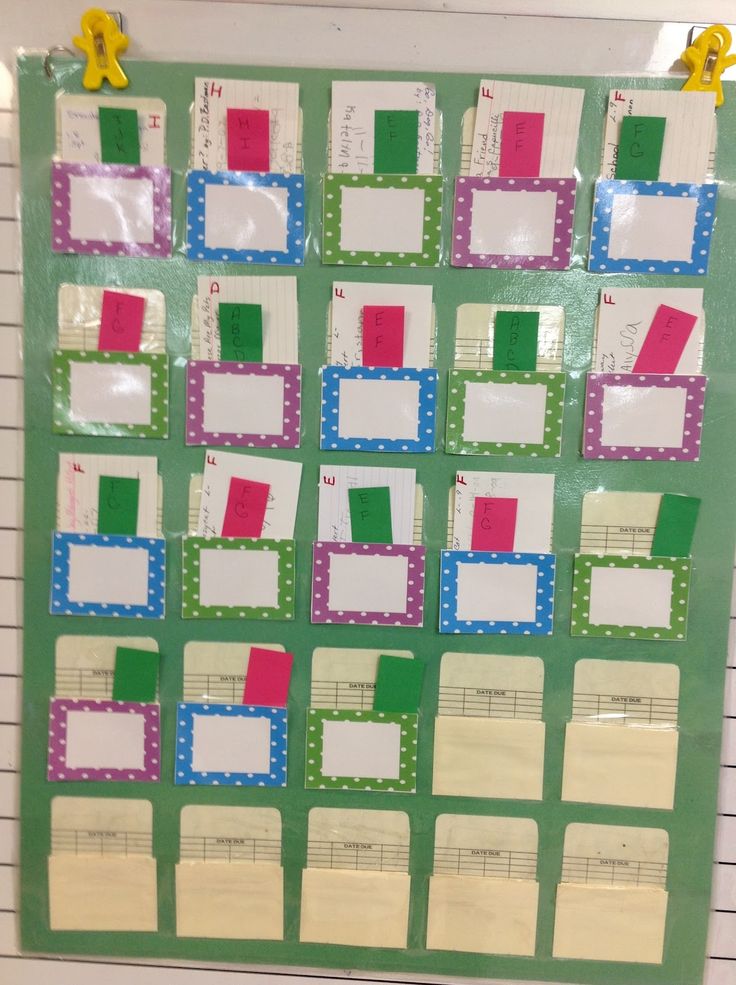 Here’s a chart for your reference.
Here’s a chart for your reference.
At-Home Reading Levels
If you’re looking for a way to find out your child’s reading level without using any of the methods listed above, you might try the five-finger rule.
For the five-finger rule, choose a book and flip to any page. If your child seems to have trouble reading more than five words on the page, it’s a good indicator that the book is too advanced for them.
To be sure, though, you can have your child try another page, especially if they seem eager to read a particular book.
This can be a helpful strategy, but it’s OK to let your child try a book and see how the reading goes. If a book is too hard, most kids will figure that out — and there is nothing wrong with reading books that are too easy!
Sometimes a child may be interested in a book that’s a little too hard for them. If this happens, we encourage you to read aloud to your child. You can also read together by alternating pages, paragraphs, or sentences.
It’s important not to completely avoid books that may be a little above your child’s reading level.
Even if your child struggles a bit to read them without assistance, these books can still be beneficial in helping build their vocabulary, improve comprehension, and increase general knowledge — not to mention, encourage their love of reading!
When your emerging reader seems overwhelmed by one book, you can always give the five-finger rule a try with other books until you find the right match. And if your child is particularly interested in a topic, you can always read the book to them and stop on words you know they can read.
Also remember that when a child is really enjoying a book and highly motivated to read it, they will read at a higher level than if the material is not as interesting to them.
Tip: Most libraries and bookstores have books arranged by reading level so you can easily choose the best one for your emerging reader!
Feel free to ask librarians and knowledgeable staff at bookstores to offer suggestions.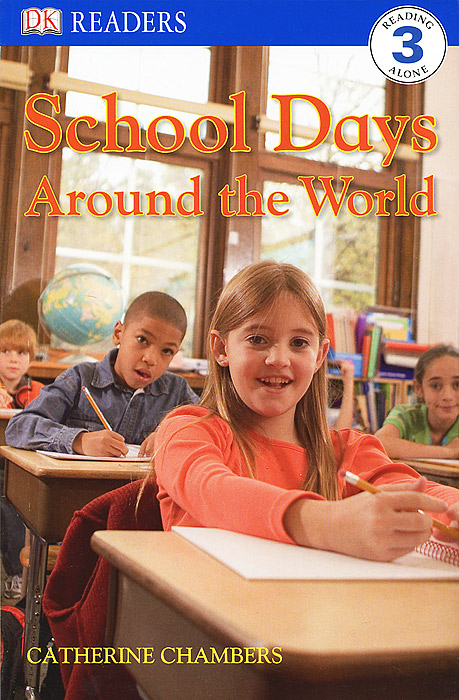 You could even say something like, “My child happily read a Clifford book; can you suggest others at the same level?”
You could even say something like, “My child happily read a Clifford book; can you suggest others at the same level?”
How To Help Your Child Become A Stronger Reader
As we mentioned earlier, you can easily determine your child’s reading level at home so that you can help them choose books that are just right! We suggest incorporating some of the tips below to help your child become a stronger reader.
Start With Clues
- Is your child using “sounding out” techniques to figure out unknown words?
- When your child reads, are they getting tripped up by sight words — common words that are hard to sound out?
- Is your child using pictures to help them understand what is written on the page?
- Is your child using context clues to figure out what word makes sense to come next as they read sentences?
Check Vocabulary
- Play games with your child to see what words they know. For example, say a sentence and point out one word in the sentence.
 Then ask them if they can come up with a different word (synonym).
Then ask them if they can come up with a different word (synonym). - Play synonym games to see what words your child knows. For example, challenge yourselves to think of 10 or more ways to describe speaking (shout, whisper, mumble).
While you’re talking with your child, describe something specific from your day. Make sure to use interesting adjectives, and don’t hold back from using sophisticated vocabulary when talking with your child.
You can help your child’s vocabulary grow through day-to-day conversations and activities!
Ask Comprehension Questions
Understanding what they read is an important part of your child’s reading journey.
- To check for reading comprehension, we suggest pausing every other page to talk about what you’ve just read. Make this a natural reaction to the story, like you’re thinking aloud about the story or characters, so that it doesn’t feel like a test.
- Consider encouraging your child to act out and retell the story (for younger children).
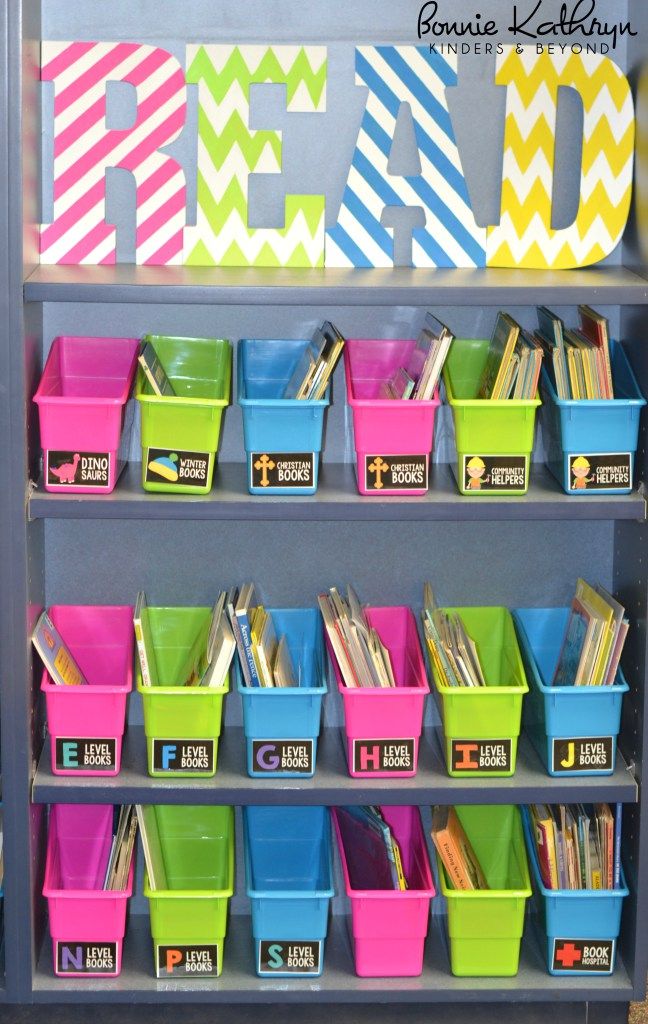
- Try discussing themes/lessons with your child (for older children). Remember: this isn’t a test, but a conversation between book lovers!
Talk To Your Child
When most people implement strategies to help their children improve their reading skills, they often forget about the importance of verbal communication. It’s essential to talk to your child frequently in short and simple sentences.
This includes singing songs, telling them wonderful stories, reciting fun nursery rhymes, and describing the world around them. All of this exposes children to lots of different words. It also helps them learn that language is a powerful tool for communication.
Discover Your Child’s Favorite Books
- Children often choose books that are a little below their actual reading level. At home, this is a good thing. It keeps reading fun and exciting!
- We recommend choosing books that interest your child — with a certain character or activity they like — so they’re curious and excited about reading.

Reading books your child enjoys together can encourage their love of reading. And letting them read those same books to you can boost their confidence over time.
Together, these two activities increase your child’s fluency and reading enjoyment!
Create A Reading Corner
Establishing a reading corner in your house can benefit your child. The setup doesn’t need to be elaborate. This can be a simple, quiet, private area where your child can confidently read independently or with you.
It’s also great for the spot to be well-lit and filled with lots of books your child enjoys reading.
Is Reading The Same Book Over And Over OK?
Just like you might pick up an old favorite book to read, your child may do the same, and that’s OK! At least you know they’re enjoying a good book and the process of reading!
Rereading books can have many benefits for a child, including:
It allows children to get more from the text. Have you ever developed a deeper understanding of a story after rereading it? That’s because the more you engage with a story, the more you can take away from it.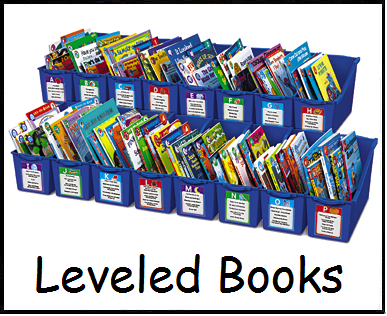
You can pick up on new information, establish connections between yourself and some of the characters, and even improve your understanding of the overall story.
Similarly, allowing your child to read their favorite books for the second, third, fourth (or more) time will enable them to get more from the story.
It also allows for bonding. Did you know that rereading books can help bring your family closer together?
Many of us remember a couple of books that our family read together regularly. This can be a holiday book or a favorite story. Rereading is a great way to get the whole family involved, as everyone can take turns reading and connecting on the same story.
What’s more, reading familiar books can actually help develop a young reader’s fluency. It allows them to learn the words and helps them become familiar with narrative structure or storylines (i.e. beginning, middle, and end), which builds reading comprehension later on.
So feel free to let your child choose the same book over and over!
FAQs About Reading Levels
What Reading Level Should My Child Be In Each Grade?
It’s challenging to answer this question because each child is different and will naturally develop at their own pace.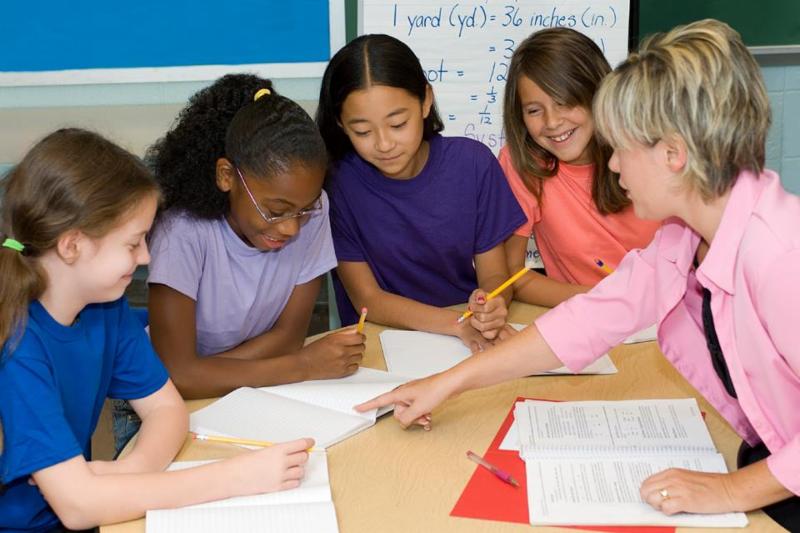 For example, just because your child’s friend has started reading fluently doesn’t mean your child will be able to do that yet.
For example, just because your child’s friend has started reading fluently doesn’t mean your child will be able to do that yet.
While no parent wants their own child to be a little behind compared to their peers, putting too much pressure on them to “catch up” might actually have an adverse effect. In fact, they might feel overwhelmed by the pressure and develop a negative attitude toward reading.
It’s also important to note that there’s no direct link between a certain Lexile measure and a specific grade level. When using any of the reading level measures we mentioned, remember that they are an estimate of a child’s performance and shouldn’t be interpreted literally.
Also, if you’re really concerned about your young learner’s development, you can always address those concerns with their teacher or another professional. They can offer tips and advice on how to best work with your child.
Finally, remember to be patient and positive no matter what. With lots of time and effort, your child will develop a lifetime love of reading!
Who Can Help Me Choose Books That Match My Child’s Reading Level?
The best place to start is to consult your child’s teacher. They will have the expertise to guide you in buying the right books for your child.
They will have the expertise to guide you in buying the right books for your child.
It’s also possible for you to look up most books online and find their reading levels. Furthermore, for beginner readers, there are publishers who label books in stages with age and/or grade suggestions attached.
If you’re homeschooling, you can also reach out to your local librarian or bookstores. As people who spend each day surrounded by books, they often have knowledge on this topic and may be able to recommend a few relevant books in your child’s reading level.
What If My Child Is Reading At A Lower Level?
The last thing a parent wants to hear is that their child’s reading level isn’t on par with their peers. But what can you do if, from the assessment used at your child’s school, you find out that your young learner is reading below the average grade level?
Firstly, it’s important not to panic. As mentioned earlier, kids develop reading skills at different stages of their development.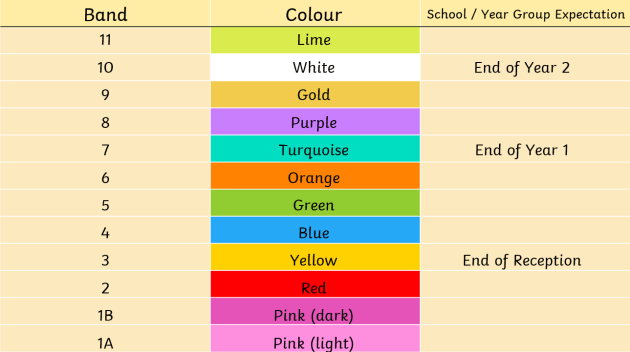 Some children might be early readers, while others may take time to get there.
Some children might be early readers, while others may take time to get there.
The most effective way to help your child improve their reading level is by continuing to encourage reading at home. While reading, remember to discuss the content to ensure comprehension.
Reading For Fun
From assessments to the five-finger rule, determining reading levels varies across the board. No matter which method you choose, remember these measurements are meant to be helpful and encouraging, not stressful and limiting.
Keep this in mind when assessing your young learner. You don’t want your child to sense any stress about their abilities, as this might overwhelm them and have an adverse effect on how they view reading.
While reading is an essential early learning (and lifelong) skill, you want your child to LOVE reading and not only view it as a test of their intelligence.
At the end of the day, the way reading makes your child feel is more important than their reading level. Each child learns in a way that’s special and unique to them.
Each child learns in a way that’s special and unique to them.
The HOMER Road To Reading
The road to discovering how to read can be a fun ride, but sometimes it’s bumpy. This is why we’re more than a learning program. We’re your learning partner.
If you’re looking for a resource to help develop your child’s love of reading and learning, consider taking a look at the HOMER Learn & Grow app. It’s full of stories curated based on your child’s interests!
When your child develops a love for reading, they’ll move up to the next level before you can say “Developmental Reading Assessment”!
Author
Levels of education | russianschoolmarbella.com
On September 1, 2013 a new law “On Education” came into force in Russia (the Federal Law “On Education in the Russian Federation” was adopted by the State Duma on December 21, 2012, approved by the Federation Council on December 26, 2012.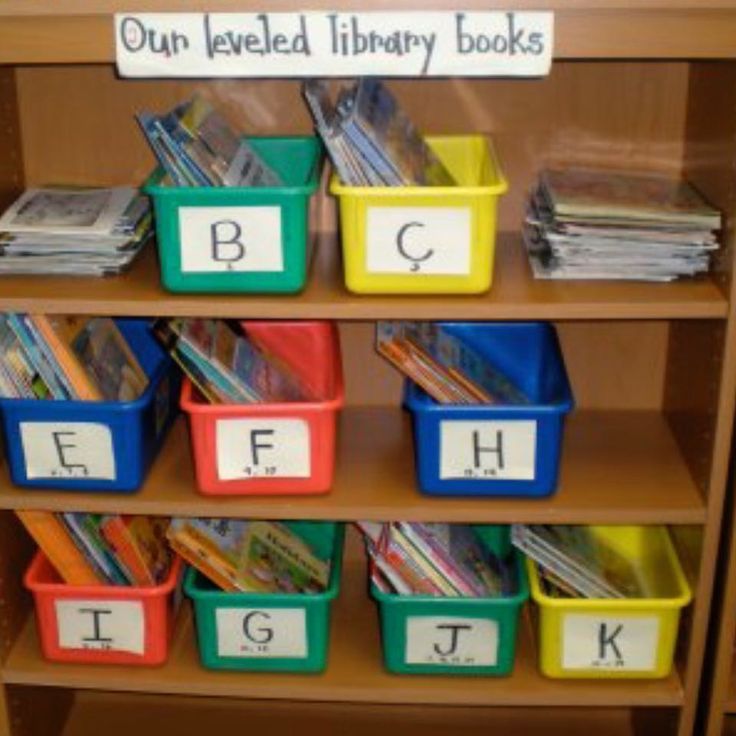 ). According to this law, new levels of education are established in Russia. The level of education is understood as a complete cycle of education, characterized by a certain unified set of requirements.
). According to this law, new levels of education are established in Russia. The level of education is understood as a complete cycle of education, characterized by a certain unified set of requirements.
From September 1, 2013 . in the Russian Federation the following levels of general education are established:
- preschool education;
- primary general education;
- basic general education;
- secondary general education.
Vocational education is divided into the following levels:
- secondary vocational education;
- higher education - bachelor's degree;
- higher education - specialty, magistracy;
- higher education - training of highly qualified personnel.
Let's take a closer look at the characteristics of each of the levels.
LEVELS OF GENERAL EDUCATION
Preschool education is aimed at the formation of a general culture, the development of physical, intellectual, moral, aesthetic and personal qualities, the formation of prerequisites for educational activities, the preservation and strengthening of the health of preschool children.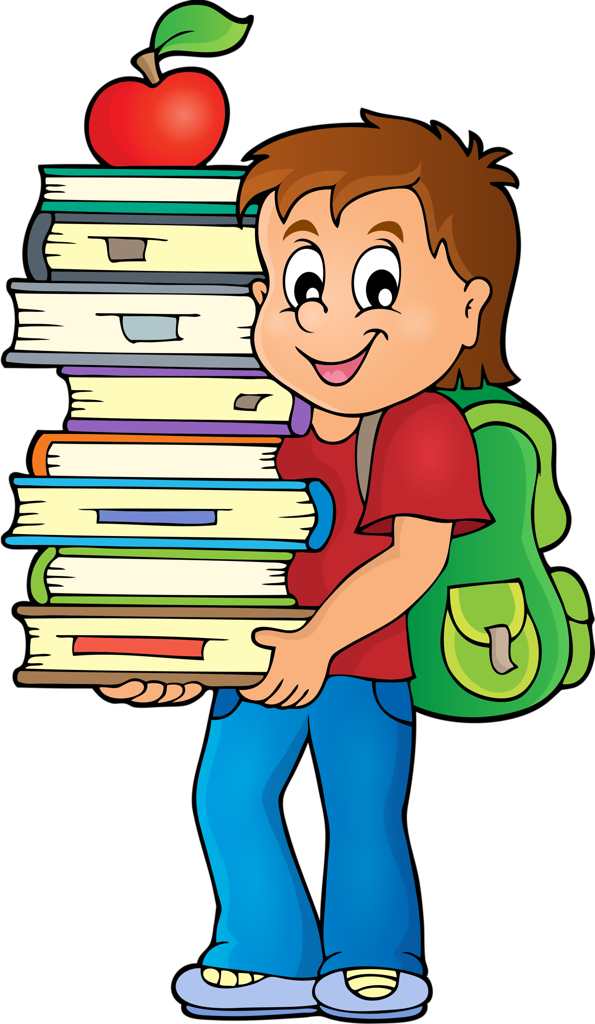 Educational programs of preschool education are aimed at the versatile development of preschool children, taking into account their age and individual characteristics, including the achievement by children of preschool age of the level of development necessary and sufficient for their successful mastering of educational programs of primary general education, based on an individual approach to preschool children and activities specific to preschool children. The development of educational programs of preschool education is not accompanied by intermediate certification and final certification of students.
Educational programs of preschool education are aimed at the versatile development of preschool children, taking into account their age and individual characteristics, including the achievement by children of preschool age of the level of development necessary and sufficient for their successful mastering of educational programs of primary general education, based on an individual approach to preschool children and activities specific to preschool children. The development of educational programs of preschool education is not accompanied by intermediate certification and final certification of students.
Primary general education is aimed at shaping the personality of the student, developing his individual abilities, positive motivation and skills in educational activities (mastery of reading, writing, counting, basic skills of educational activities, elements of theoretical thinking, the simplest skills of self-control, a culture of behavior and speech, the basics of personal hygiene and a healthy lifestyle).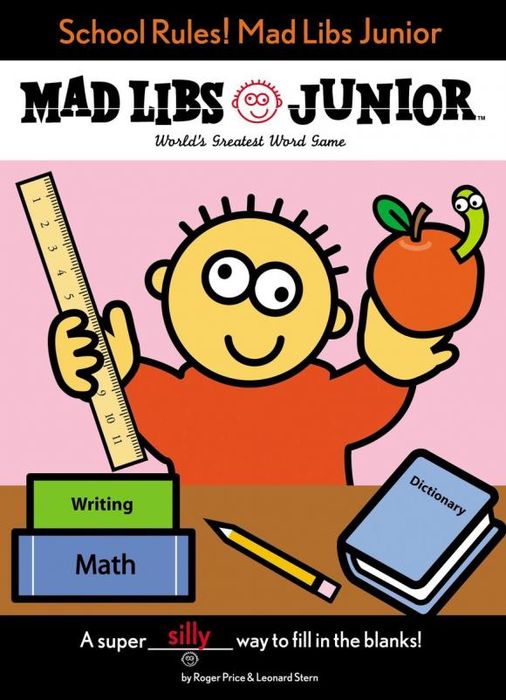 Getting preschool education in educational organizations can begin when children reach the age of two months. Obtaining primary general education in educational organizations begins when children reach the age of six years and six months in the absence of contraindications for health reasons, but no later than when they reach the age of eight years.
Getting preschool education in educational organizations can begin when children reach the age of two months. Obtaining primary general education in educational organizations begins when children reach the age of six years and six months in the absence of contraindications for health reasons, but no later than when they reach the age of eight years.
Basic general education is aimed at the formation and formation of the personality of the student (the formation of moral convictions, aesthetic taste and a healthy lifestyle, a high culture of interpersonal and interethnic communication, mastering the basics of science, the Russian language, skills of mental and physical labor, development of inclinations , interests, ability to social self-determination).
Secondary general education is aimed at the further formation and formation of the student's personality, the development of interest in learning and the student's creative abilities, the formation of skills for independent learning activities based on the individualization and professional orientation of the content of secondary general education, preparing the student for life in society, independent life choice, continuation of education and the beginning of professional activity.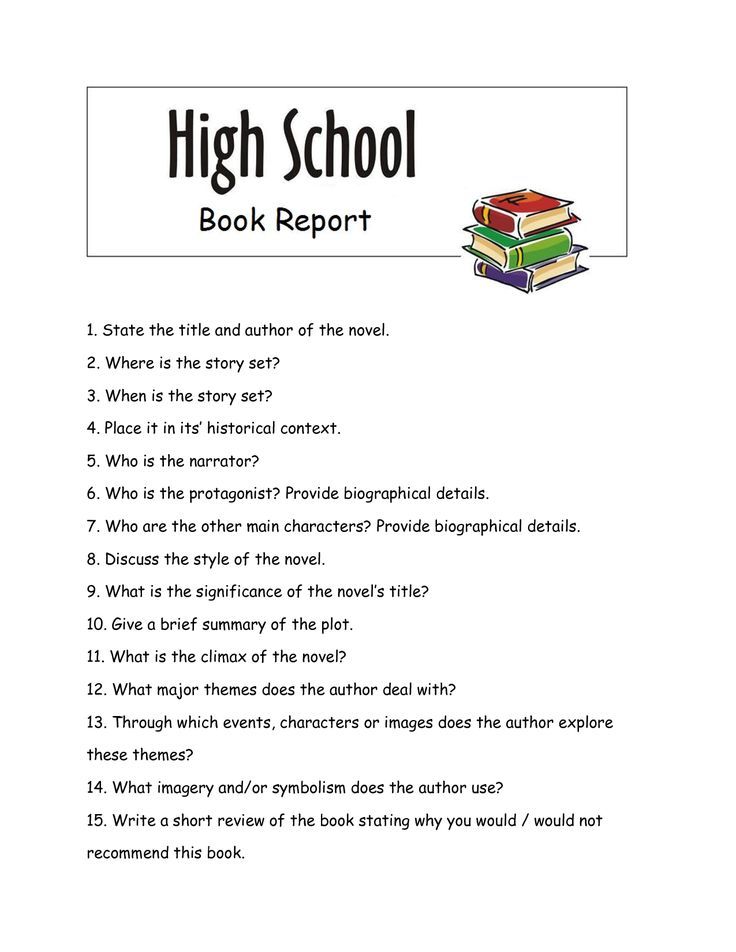
Primary general education, basic general education, secondary general education are compulsory levels of education. Children who have not coped with the programs of one of these levels are not allowed to study at the next levels of general education.
LEVELS OF PROFESSIONAL EDUCATION
Secondary vocational education is aimed at solving the problems of intellectual, cultural and professional development of a person and has the goal of training qualified workers or employees and mid-level specialists in all major areas of socially useful activity in accordance with society and the state, as well as meeting the needs of the individual in deepening and expanding education. Persons with an education not lower than basic general or secondary general education are allowed to receive secondary vocational education. If a student under the program of secondary vocational education has only basic general education, then simultaneously with the profession, he masters the program of secondary general education in the process of learning.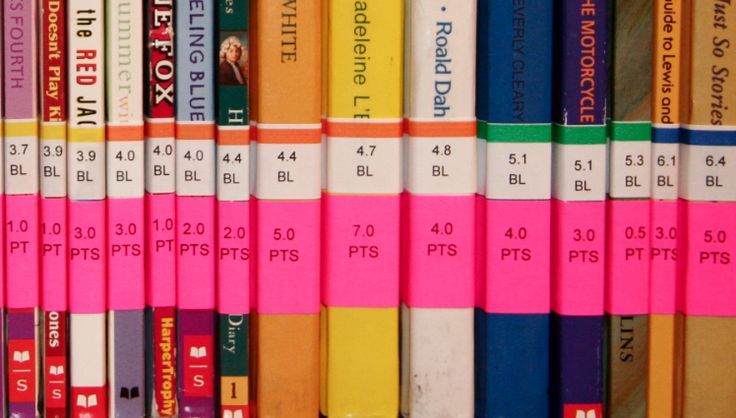
Secondary vocational education can be obtained at technical schools and colleges. The model regulation “On an educational institution of secondary vocational education (secondary specialized educational institution)” gives the following definitions: a) a technical school is a secondary specialized educational institution that implements basic professional educational programs of secondary vocational education of basic training; b) college - a secondary specialized educational institution that implements the main professional educational programs of secondary vocational education of basic training and programs of secondary vocational education of advanced training.
Higher education aims to ensure the training of highly qualified personnel in all major areas of socially useful activities in accordance with the needs of society and the state, meeting the needs of the individual in intellectual, cultural and moral development, deepening and expanding education, scientific and pedagogical qualifications.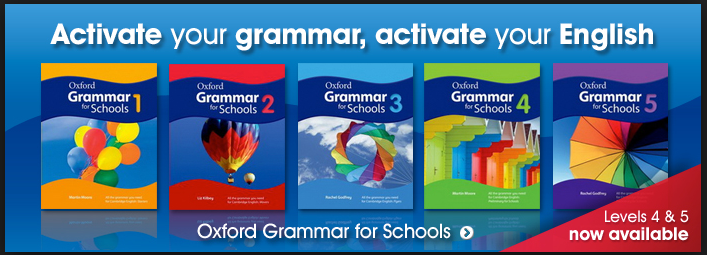 Persons with a secondary general education are allowed to study undergraduate or specialist programs. Persons with higher education of any level are allowed to master the master's programs.
Persons with a secondary general education are allowed to study undergraduate or specialist programs. Persons with higher education of any level are allowed to master the master's programs.
Persons with an education of at least higher education (specialist or master's degree) are allowed to master the training programs for highly qualified personnel (postgraduate (adjuncture), residency programs, assistantship-internship programs). Persons with a higher medical education or a higher pharmaceutical education are allowed to master the residency programs. Persons with higher education in the field of arts are allowed to master the programs of assistant-internship.
Admission to study in educational programs of higher education is carried out separately for bachelor's programs, specialist's programs, master's programs, training programs for scientific and pedagogical personnel of the highest qualification is carried out on a competitive basis.
Admission to study in master's programs, training programs for highly qualified personnel is carried out based on the results of entrance examinations conducted by the educational organization independently.
Bachelor's degree is the level of basic higher education, which lasts 4 years and has a practice-oriented character. Upon completion of this program, the graduate of the university is issued a diploma of higher professional education with a bachelor's degree. Accordingly, a bachelor is a university graduate who has received fundamental training without any narrow specialization, he has the right to occupy all those positions for which their qualification requirements provide for higher education. Examinations are provided as qualification tests for obtaining a bachelor's degree.
Master's degree is a higher level of higher education, which is acquired in 2 additional years after graduation from the bachelor's degree and involves a deeper development of the theoretical aspects of the field of study, orients the student to research activities in this area. Upon completion of this program, the graduate is awarded a diploma of higher professional education with a master's degree.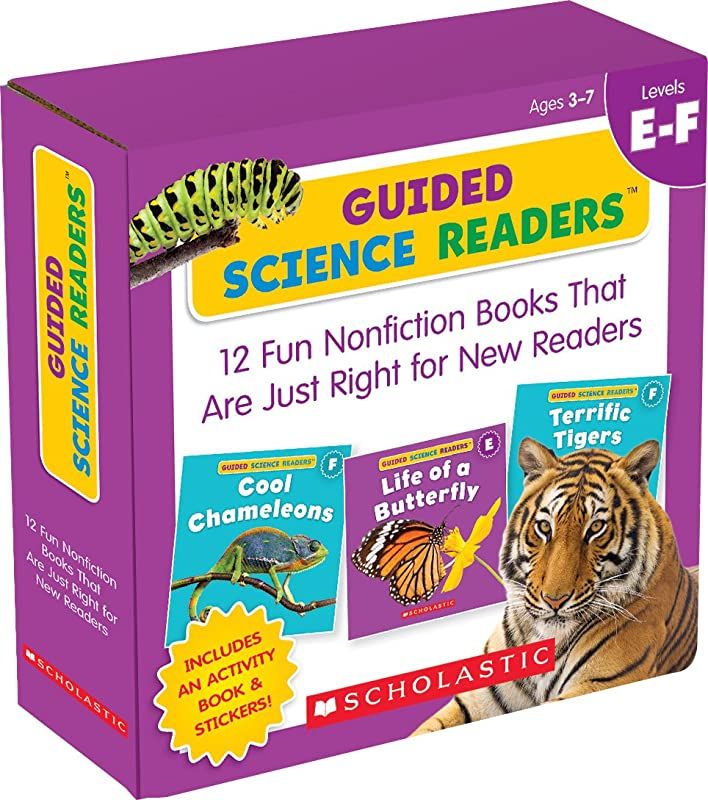 The main objective of the Master's program is to prepare professionals for a successful career in international and Russian companies, as well as analytical, consulting and research activities. To obtain a master's degree in the chosen specialty, it is not necessary to have a bachelor's degree in the same specialty. In this case, obtaining a master's degree is considered as a second higher education. As qualification tests for obtaining a master's degree, examinations and the defense of the final qualifying work - a master's thesis are provided.
The main objective of the Master's program is to prepare professionals for a successful career in international and Russian companies, as well as analytical, consulting and research activities. To obtain a master's degree in the chosen specialty, it is not necessary to have a bachelor's degree in the same specialty. In this case, obtaining a master's degree is considered as a second higher education. As qualification tests for obtaining a master's degree, examinations and the defense of the final qualifying work - a master's thesis are provided.
Along with the new levels of higher education, there is a traditional type - specialty , the program of which provides for a 5-year study at a university, after which the graduate is issued a diploma of higher professional education and is awarded the degree of a certified specialist. The list of specialties for which specialists are trained was approved by Decree of the President of the Russian Federation No. 1136 dated December 30, 2009
"Quality and a high level for everyone": are basic textbooks needed in schools
https://sn.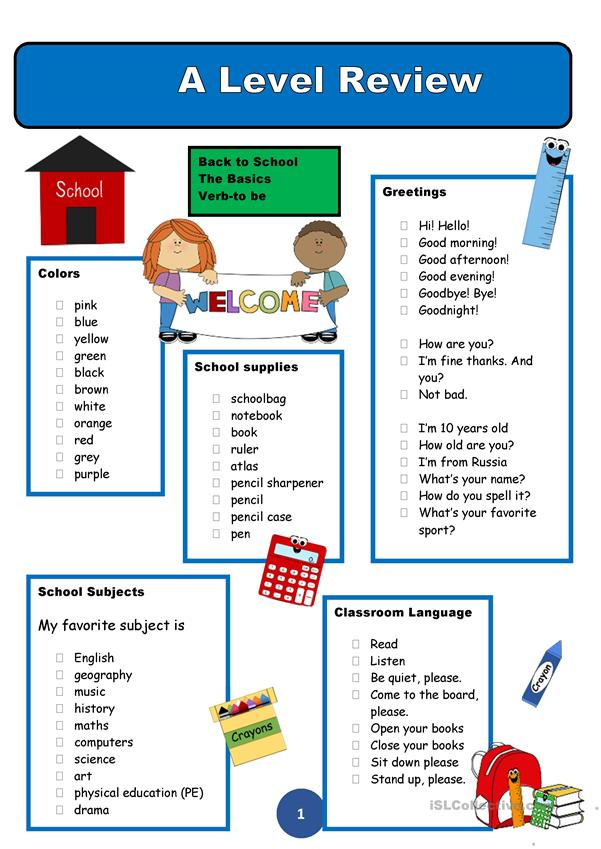 ria.ru/20170831/1501450007.html
ria.ru/20170831/1501450007.html
"Quality and high level for all": are basic textbooks needed in schools
"Quality and high level for all": are basic textbooks needed in schools? schools - RIA Novosti, 03.03.2020
"Quality and a high level for all": are basic textbooks needed in schools
In Russia, a reduced list of school textbooks will be published in the next two weeks. The Ministry of Education creates a unified basic and advanced lines, ... RIA Novosti, 08/31/2017
2017-08-31T11:45
2017-08-31T11:45
2020-03-03T06:12
/html/head/meta[@name='og:title']/@content
5 /html/head/meta[@name='og:description']/@content
Russia
RIA Novosti
1
5
4.7
96
7 495 645-6601
FSUE MIA “Russia Today”
https: //xn---C1acbl2abdlkab1og.xn--p1ai/Awards/
2017
RIA Novosti
9000 59000 9000 96 96 96 96 96 96 96 96 96 96 96 96 96 96 96 96 96 96 96 96 96 96 96 96 96 96 96 96 96 96 96 96 96 96 96 96 96 96 96 9000 9000 9000 9000 9000 9000 9000 9000 9000 9000 9000 9000 9000 9000 9000 9000 9000 9000 9000 9000 9000 9000 9000 9000 9000 9000 9000 9000 9000 9000 9000 9000 9000 9000 9000 9000 9000 9000 9000 9EL
internet-group@rian.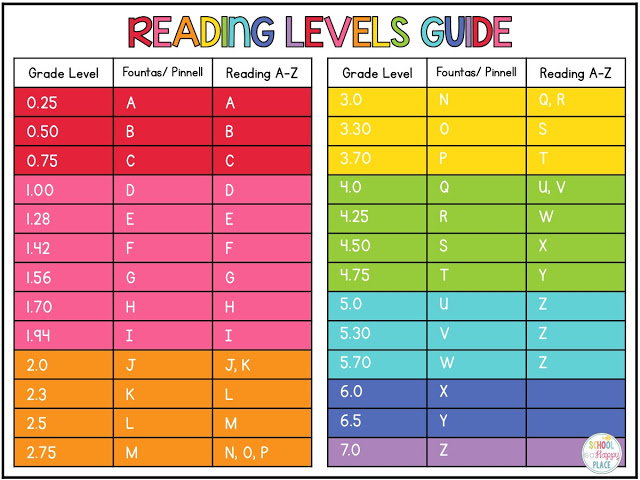 ru
ru
7 495 645-6601
Rossiya Segodnya
https://xn--c1acbl2abdlkab1og.xn--p1ai/awards/
https://sn.ria.ru/docs/about/copyright.html
https: //xn---c1acbl2abdlkab1og.xn--p1ai/
RIA Novosti
1
4.7
96 96
9000 7 495 645-66001FSUE MIA “Russia Today”
https: //xn---C1acbl2abdlkab1og.xn--p1ai/Awards/
1920
1080
True
1920
1440
9000 9000 TrueHTTPS: // CDNNNANNNANNNANNNANNNANNNAL img.ria.ru/images/150120/90/1501209095_243:0:4126:29Russia Today , Russia
Moscow, August 31 - RIA Novosti, Anush Dolukhanyan. In Russia, a reduced list of school textbooks will be published in the next two weeks. The Ministry of Education is creating unified basic and advanced lines, reducing the number of benefits to three in each.
August 25, 2017, 20:10
Instead of seven algebras, there is only one: what are basic textbooks for? The previous list of benefits was approved in 2014.
RIA Novosti correspondent talked to experts and found out what are the advantages of a basic textbook and what difficulties may arise in its development.
Olga Vasilyeva, Minister of Education of Russia:
"Today, there are 1,376 textbooks on the federal list. This is a colossal number. We have a very good instruction from the president: firstly, to consider new forms of assessment assessment and secondly, to return to those reference books that will correspond to the basic content. This, Naturally, this will lead to a reduction in the list.
We invited teachers and parents on the website to participate in the discussion of what is happening. The discussion should end on August 31, but it will be extended for another two weeks. The most sensitive topics continue to be discussed - textbooks of the Russian language, mathematics, literary reading and the surrounding world, foreign languages and history
Must have basic work in all subjects.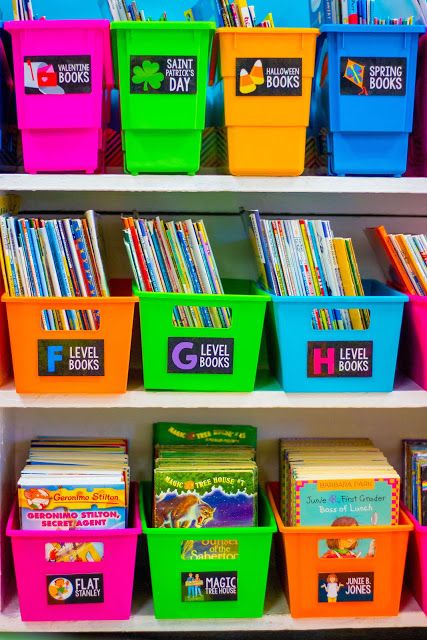 Affordable and quality education is what I stand for. I understand that this is a very big business, but we have the right, and we will defend it to the end."
Affordable and quality education is what I stand for. I understand that this is a very big business, but we have the right, and we will defend it to the end."
© RIA Novosti / Vladimir Pesnya / Go to the media bank History teacher during the lesson Go to the media bank
Aldar Damdinov, member of the State Duma Committee on Education and Science:
"I support this initiative because there should not be such a huge number of textbooks that we have now.
August 30, 2017, 08:21
Sociologists have found out how much Russians spent on preparing children for school
There should be a single concept. It is important that teachers have the opportunity to choose. Within the framework of federal educational standards, this measure will enable schoolchildren to be included in a single educational space.
With the help of this program, students from different regions of Russia will have an equal level of education.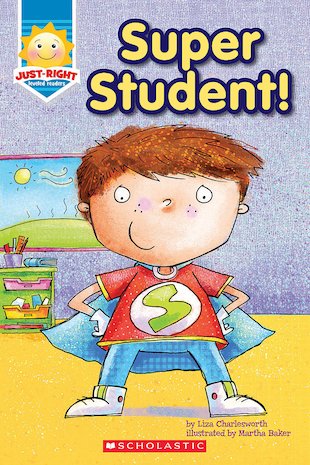 "
"
Opinion of the Central Council of the All-Russian Trade Union of Education:
The Trade Union of Education believes that every teacher should have a guaranteed choice between several books in all subjects, but there cannot be very many of them.
Sergei Karpachev, winner of the "Teacher of the Year of Russia" contest in the Tula region:
and the right to choose a teacher, then a good teacher will definitely find a way out."
© RIA Novosti / Andrey Iglov / Go to the media bank A textbook on the history of Russia
© RIA Novosti / Andrey Iglov
Go to the media bank
Sergey Pereverzev, winner of the regional stage of the All-Russian competition "Teacher of the Year of Russia" in the Republic of Bashkortostan:
"I feel good about this initiative, but under several conditions: firstly, if fair competition between publishers for publishing textbooks and their use in schools is ensured, and secondly, a thorough peer review should be carried out by scientists, methodologists and teachers. "
"
Alexander Asmolov, Director of the Federal Institute for the Development of Education:
"The key strategy for the development of education in Russia is varied education. This strategy becomes more significant when we are in a world where uncertainty is growing and the need for choice arises.
August 24 2017, 16:52
Experts asked the Ministry of Education and Science to involve teachers in the examination of textbooks
Variable education is the basis of choice, including the availability of various textbooks.Because of this, any actions leading to the collapse of diversity are a serious risk.
It's not about the number of titles. Various manuals is a school of critical thinking for students. As soon as we reduce the critical thinking of students, we deprive them of the possibility of success in the future. Therefore, books must meet the key challenges of the times."
Igor Remorenko, Rector of the Moscow City Pedagogical University:
"Apparently, there is no goal to reduce the number of textbooks, it is important that better educational literature appear.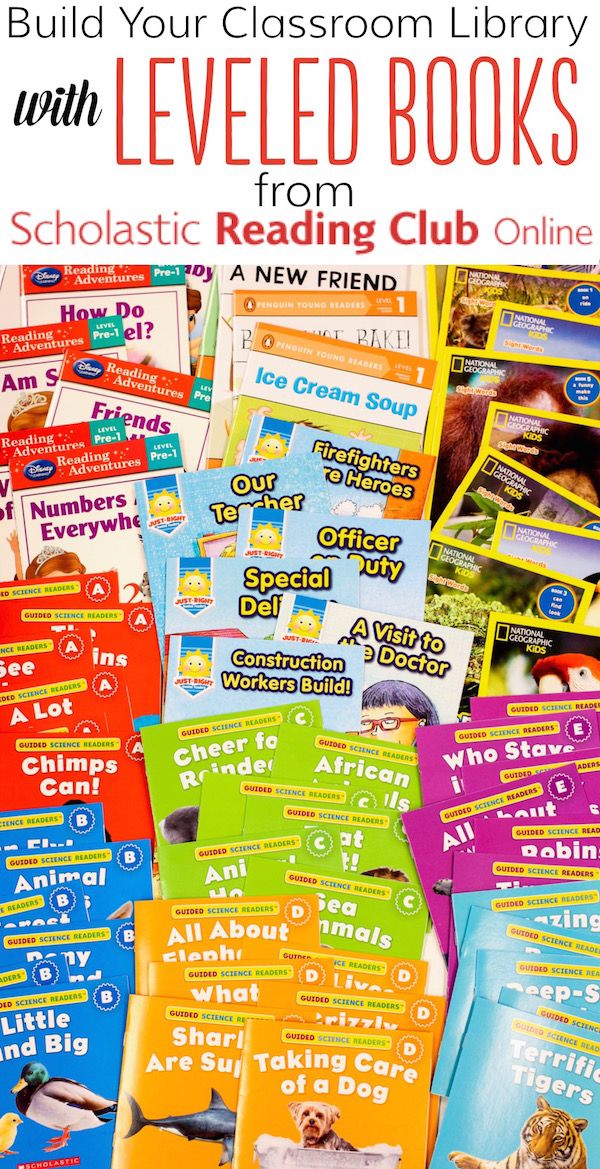 Of course, the entire regulatory framework of the previous period was oriented differently. It was believed that the more competition between publishers of educational literature, the better its quality.
Of course, the entire regulatory framework of the previous period was oriented differently. It was believed that the more competition between publishers of educational literature, the better its quality.
© RIA Novosti / Ruslan Shamukov / Go to the media bank Chemistry teacher of the St. Petersburg Lyceum No. 239 Boris Missyul
© RIA Novosti / Ruslan Shamukov
Go to the media bank
Now there is an opinion that this turned out to be not entirely true. The new initiative has an obvious advantage: when a child moves from one region to another, moves from one school to another, he encounters the same sources of information.
The problem is that everyone who supports the choice of one textbook for each subject has their own in mind. In addition, now teachers use not only textbooks, but also information from the Internet. Therefore, the textbook is no longer such a powerful organizer of a single educational space as it was in Soviet times. This is just a possible teaching material that the teacher can use, or can rely entirely on other sources.